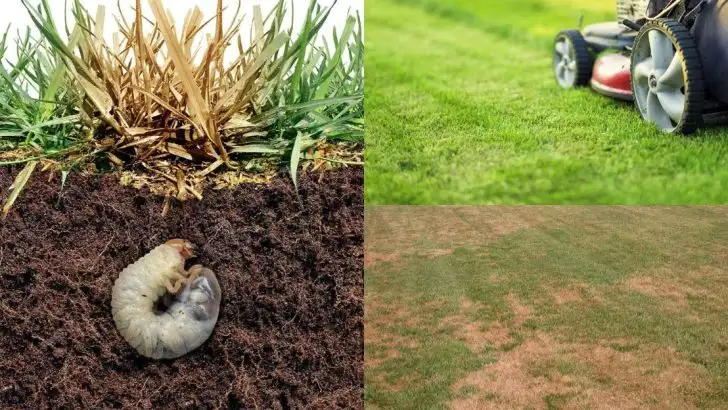Grub worms don’t mess around. They tunnel in, chew through roots like it’s a buffet, and leave your lawn gasping for life. And the worst part? Most people fight them completely wrong. Overwatering. Spraying at the wrong time. Dumping chemicals that miss the mark while the grubs party underground. These sneaky pests thrive on confusion—and if your lawn looks patchy, yellow, or spongy, it might already be their playground. But don’t panic. We’re calling out the 13 most common grub-fighting fails, so you can stop feeding the enemy and start hitting where it hurts. Get ready to rethink everything you thought you knew about these root-munching troublemakers. Because when it comes to grub worms, there’s no room for guesswork.
Ignoring Early Signs
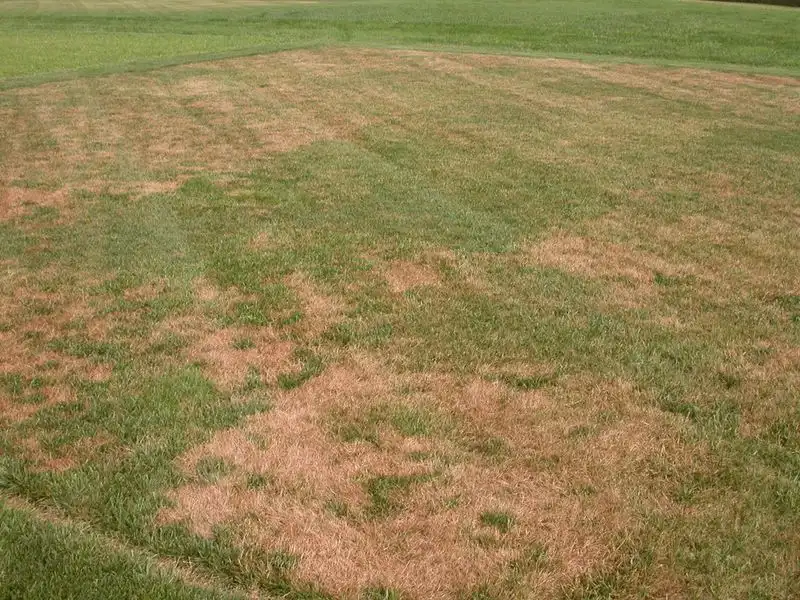
Brown patches on your lawn can be an early indicator of grub presence. It’s easy to dismiss them as mere drought stress, but doing so can allow grubs to multiply unchecked. These larvae feed voraciously on grass roots, weakening your lawn over time. The key is to act swiftly. Regular inspection, especially in late summer, can help catch an infestation early. By understanding that these patches are more than just cosmetic blemishes, you can take proactive steps to treat the problem effectively. Ignoring these signs might lead to more extensive damage later.
Overwatering the Lawn
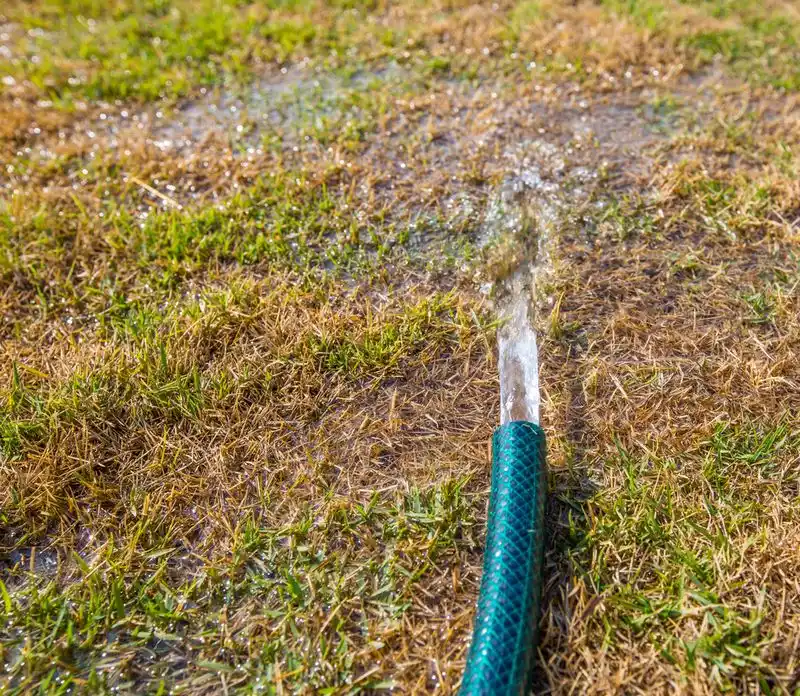
Excessive watering creates a favorable environment for grubs. These pests thrive in moist soil where they can easily access roots. While keeping your lawn hydrated is important, overwatering can lead to a grub-friendly habitat. Monitoring your watering schedule and adjusting based on weather conditions can prevent this. A soil moisture meter might be a handy tool to achieve the right balance. By ensuring your lawn gets just the right amount of water, you can deter grubs effectively. Remember, moderation is key in maintaining a healthy lawn without inviting pests.
Using Chemical Pesticides Indiscriminately
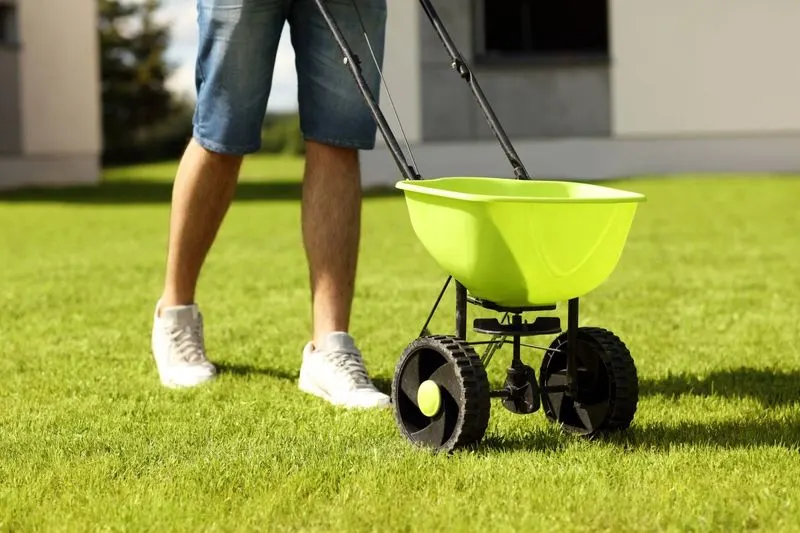
Reaching for chemical solutions might seem like a fast fix, but using pesticides indiscriminately can harm beneficial insects and the environment. It’s crucial to identify the pest correctly before treatment. Integrated Pest Management (IPM) focuses on combining biological, physical, and chemical controls judiciously. This approach minimizes harm while effectively managing grub populations. Over-relying on chemicals can lead to resistance and more significant issues down the line. Thoughtful application can protect both your garden and the surrounding ecosystem from unnecessary harm.
Ignoring Beneficial Predators
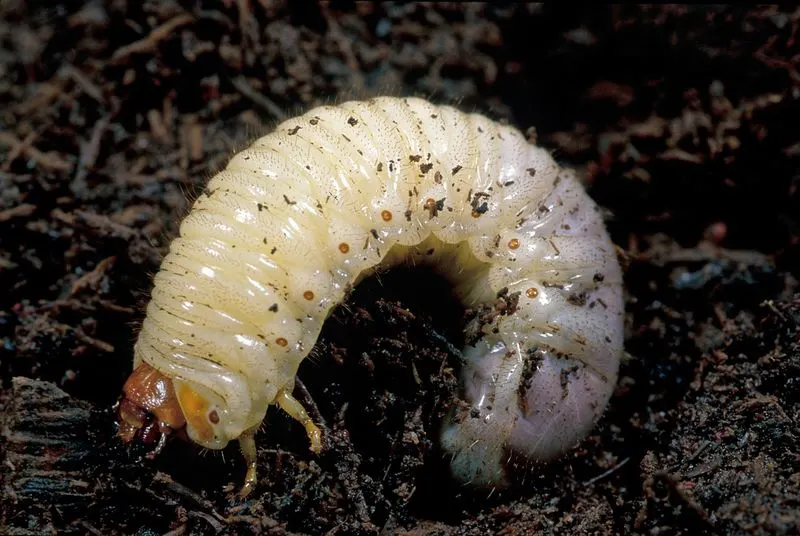
Nature has its own way of keeping pests in check through beneficial predators like birds, skunks, and beetles. These natural allies can be encouraged by creating a welcoming environment. Providing food and shelter can attract these predators to your garden. Ignoring this natural form of pest control means missing out on an opportunity to reduce grub populations sustainably. Encouraging biodiversity around your home not only helps with grub management but also promotes a healthier ecosystem. Embracing these allies offers a long-term solution with minimal effort.
Neglecting Soil Health
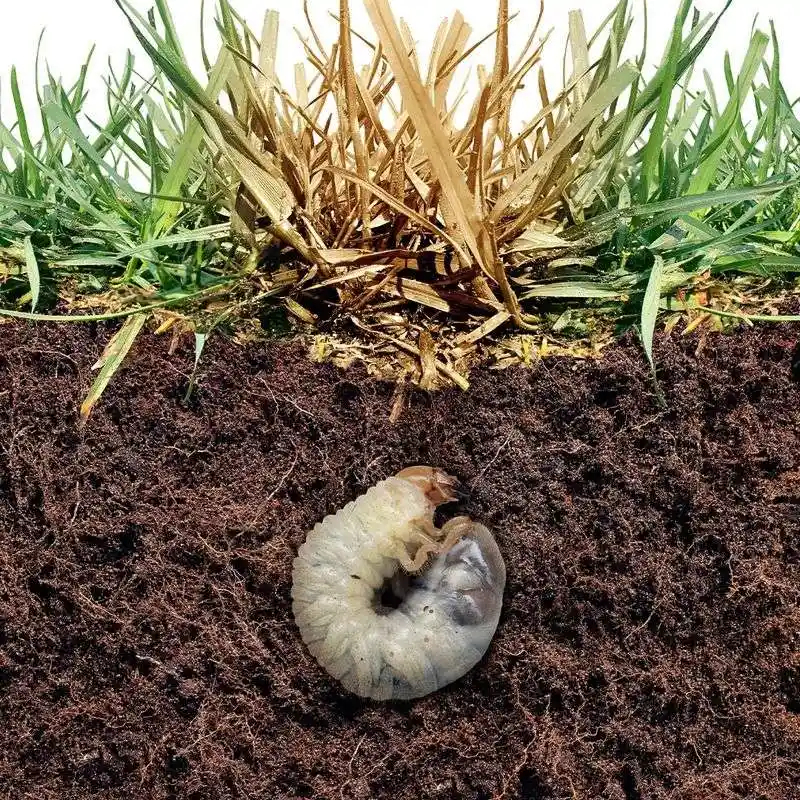
Healthy soil is the foundation of a resilient lawn. Unfortunately, many neglect this aspect, focusing only on surface problems. Regular soil testing can reveal deficiencies and imbalances that may favor grub infestations. Amending the soil with organic matter and nutrients can fortify grass, making it less susceptible to pests. By prioritizing soil health, you’re building a natural defense against grubs, ensuring your lawn thrives. This proactive approach can save time and resources in the long run, providing a lush lawn that’s both beautiful and resilient.
Mowing Too Short
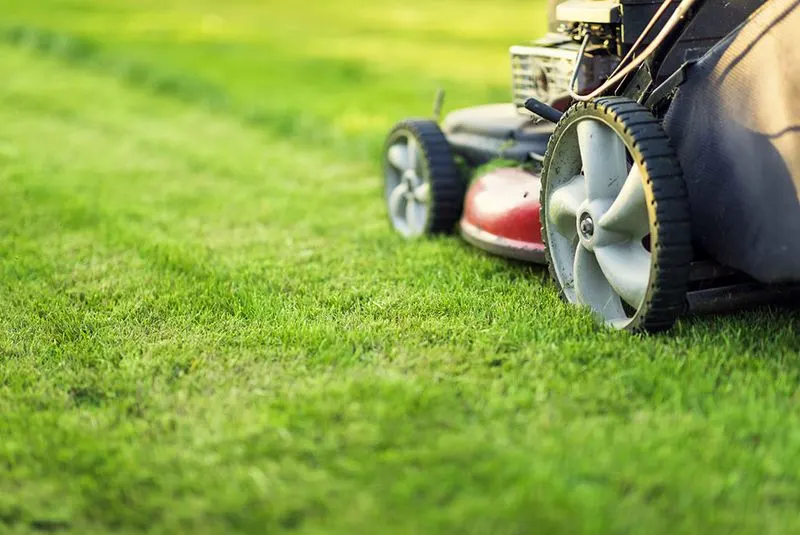
Cutting your grass too short is like leaving it defenseless against pests. A longer blade of grass can shade the soil, helping to retain moisture and deter grub egg-laying. It’s a common mistake to trim the lawn short for a tidy appearance, but this can invite problems. Adjusting your mower to leave grass slightly longer protects it and encourages deeper root growth. This simple change can make a significant difference in grub prevention. So, next time you mow, remember the protective benefits of a slightly longer lawn.
Not Rotating Turf
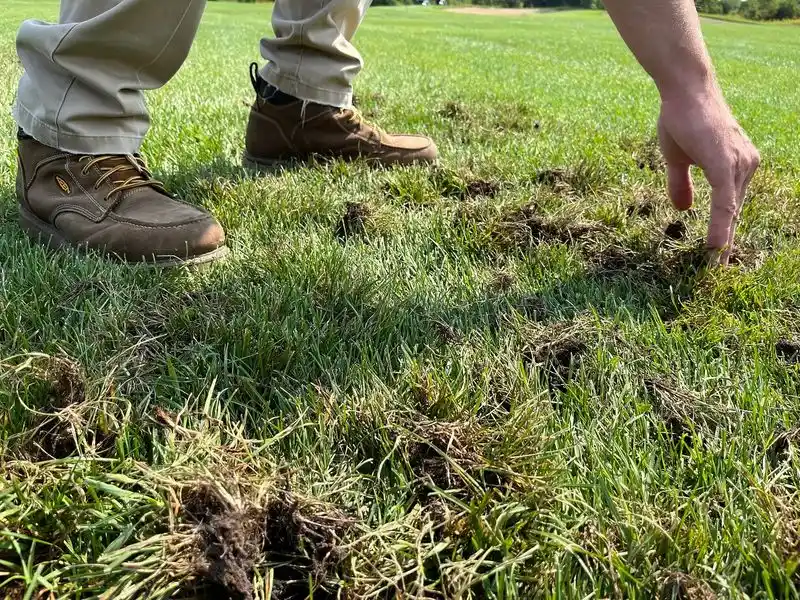
Sticking to a single type of turf can inadvertently support grub infestations. Rotating different types of grass can confuse pests and reduce their numbers. This diversity in planting can act as a deterrent, making it harder for grubs to establish themselves. By mixing species that are resistant to grubs, you’re creating a more robust lawn environment. This strategy not only enhances the visual appeal but also fortifies your lawn against pests. Experimenting with different grass types could be the change needed to disrupt grub cycles.
Delaying Treatment

Procrastination can turn a minor grub problem into a major infestation. Prompt action is crucial once grubs are spotted or suspected. Delays allow these pests to grow and spread, causing further damage. Regular monitoring and timely intervention can prevent this escalation. Early treatment options are often more effective and less harmful to the environment. By being vigilant and responsive, you can keep your garden healthy and grub-free. Don’t let procrastination compromise your lawn’s health. Act promptly and decisively to manage any grub issues.
Using Ineffective Natural Remedies
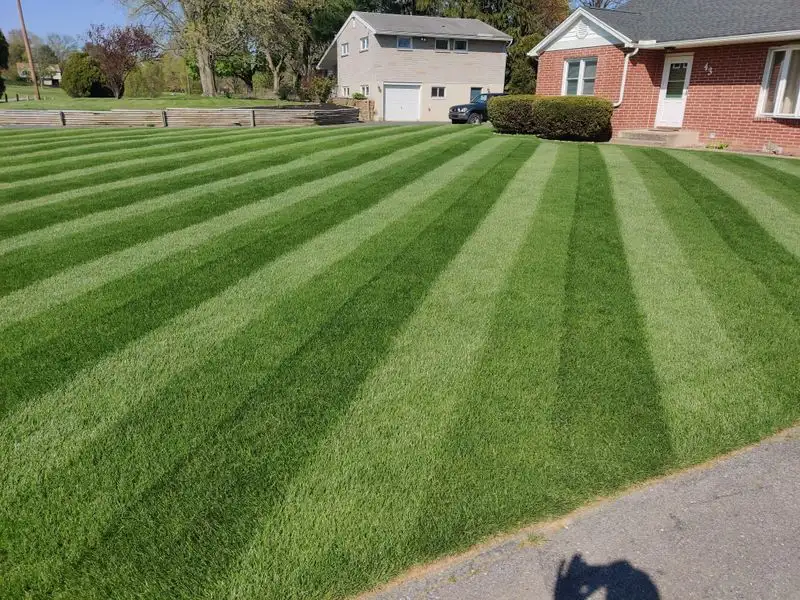
While natural remedies are appealing, not all are effective against grubs. Some common solutions may lack scientific backing and could waste time and resources. It’s important to research and choose treatments that have proven results. Neem oil, for example, has shown some efficacy. However, relying solely on unproven methods can lead to disappointment and further lawn damage. Combining natural remedies with other management strategies can yield better results. Make informed choices to ensure your approach is both eco-friendly and effective, avoiding ineffective options altogether.
Overlooking Seasonal Control Measures
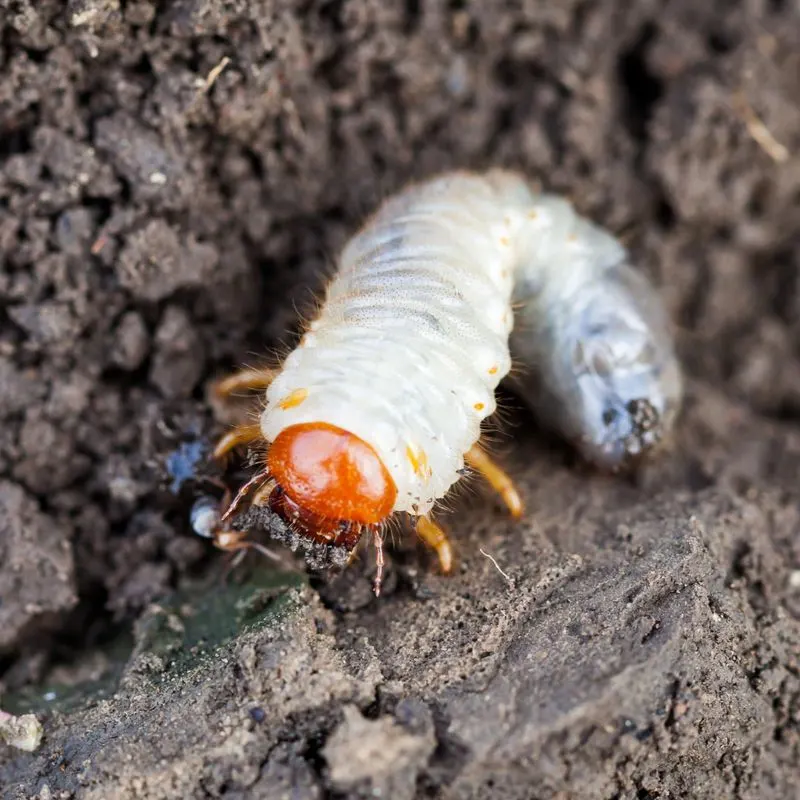
Grub control isn’t a one-time effort; it requires attention throughout the seasons. Overlooking this can allow grubs to thrive when conditions are optimal. Seasonal treatments can interrupt their lifecycle, reducing populations significantly. Applying targeted control measures at the right time ensures maximum effectiveness. Aligning treatments with grub life stages, such as late summer or early fall, can halt their development. By planning ahead and adjusting your strategy seasonally, you’re better positioned to keep them at bay all year round. Consistent vigilance is key.
Misidentifying Lawn Problems
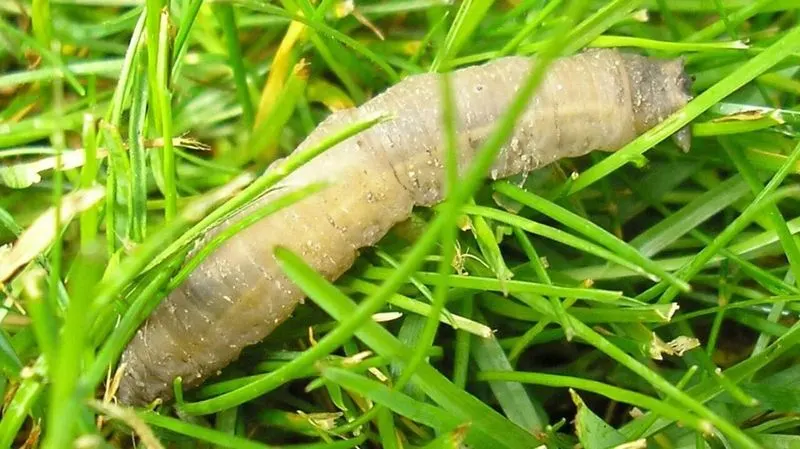
It’s easy to blame grubs for every lawn problem, but misidentification can lead to misguided treatments. Not every brown patch is due to grubs; other factors like drought, disease, or nutrient deficiencies could be at play. Conducting proper diagnostics ensures you address the right cause. Consulting with a garden expert or utilizing diagnostic tools can help clarify the issue. This precision prevents unnecessary treatments and optimizes your lawn care efforts. Knowing your enemy is the first step in any pest management strategy, especially with grubs.
Ignoring Neighbors’ Infestations

Grubs don’t respect property lines, and ignoring neighbors’ infestations can backfire. Pests can easily migrate from one lawn to another, so community effort is vital. Coordinating with neighbors to manage grub populations can create a unified front against these pests. Sharing information and strategies enhances the effectiveness of treatments. By working together, you can tackle the problem more efficiently and protect the entire neighborhood. Ignoring nearby infestations only invites trouble down the line. Together, you can create a grub-resistant community.
Underestimating Grub Damage
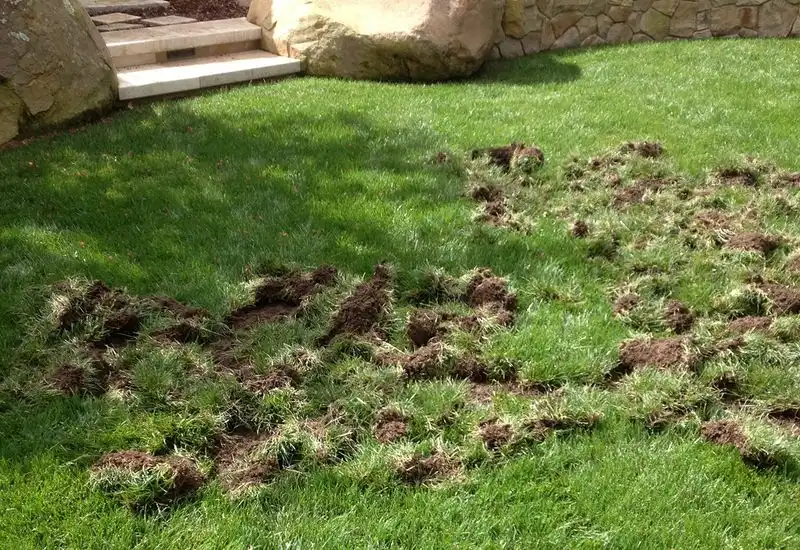
The destruction grubs can cause is often underestimated until it’s too late. These pests feed on roots, leading to weakened grass that pulls up easily. Without intervention, grubs can decimate a lawn, turning it into a patchy, barren landscape. Recognizing the potential severity of grub damage is crucial. Regular monitoring and early interventions can safeguard your lawn’s health. Don’t wait until the damage is visible; understanding their impact prompts timely action. By acknowledging the threat, you can prevent these silent destroyers from ruining your lawn.

